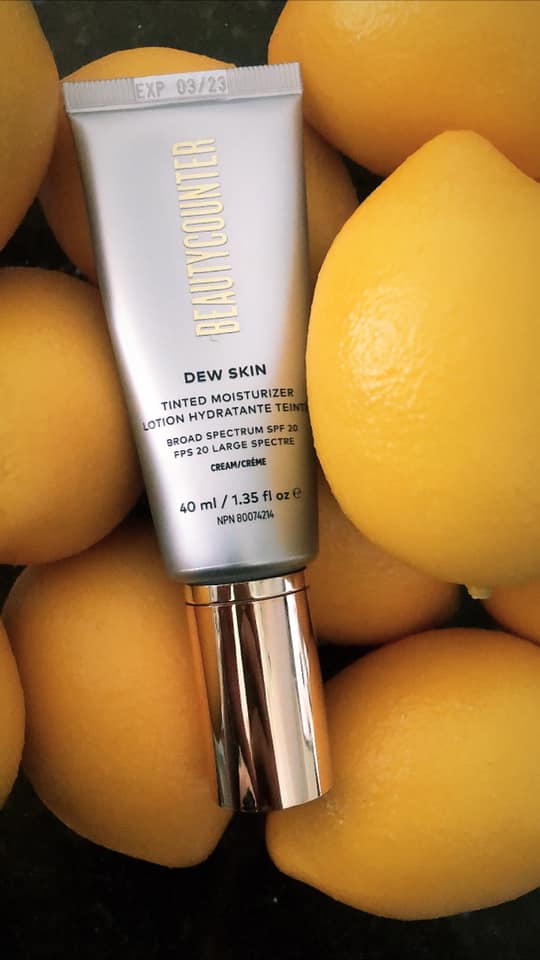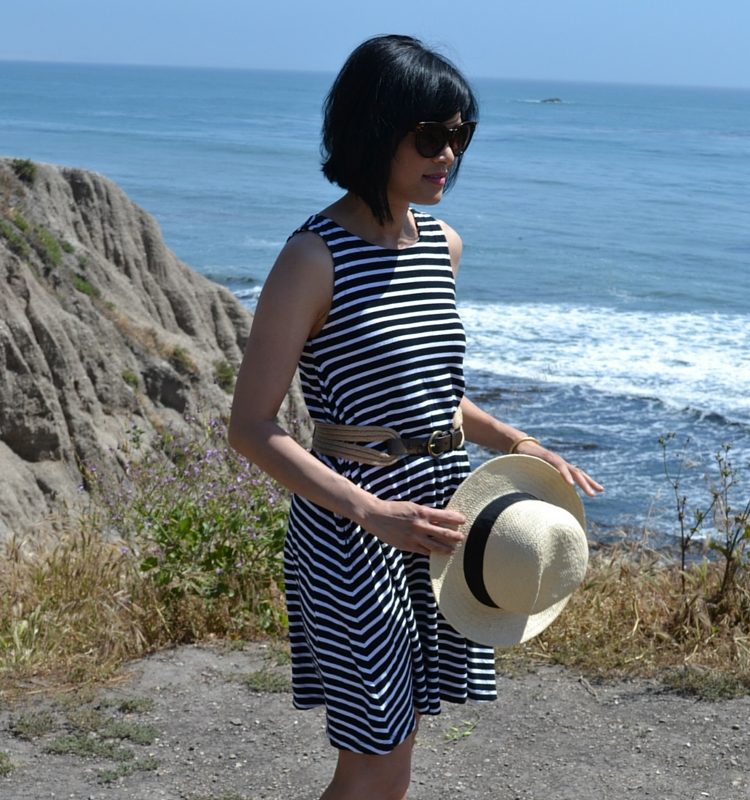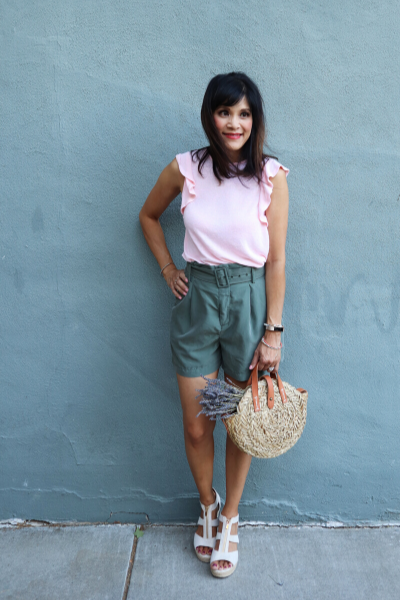This week, we’re kicking off our new beauty corner and we’re starting with makeup and skincare basics. This is Angela, Shannon’s new Beauty Editor and I’ve been researching and playing with makeup and skincare for almost a decade. Like Shannon’s approach to style, I am a big believer in using makeup and skincare as a way to enhance your own natural beauty. But as always, makeup is an amazing form of artistic expression, so do what makes you feel fabulous!
“Makeup is a way for a woman to look and feel like herself, only prettier and more confident.”
-Bobbi Brown
One disclaimer – I am not a medical professional, so always check with your doctor and do your research before you use any products. As you know, products will affect people differently so tailor your beauty routine to suit your health and lifestyle.
Makeup Game-Changer: Color Correcting
My makeup game-changer, especially for mature skin, has been color correctors. For years, I’ve struggled to conceal my dark under-eye circles with just concealer. Even the heaviest concealers didn’t really do that job. But then I discovered color correctors, and it revolutionized my routine. I no longer need a mask of concealer or foundation. I just color correct my dark circles and sun spots and add a light application of concealer to finish.
What is color correcting? Color correction involves using colors opposite each other on the color wheel to neutralize imperfections. For example, red and green are opposite colors on the color wheel as you can see below.

For a red blemish, using a light touch of green corrector can help create a neutral base for foundation or concealer. Some makeup artists prefer to use a more yellow corrector. It depends on your skin tone and the color of your blemish. I personally struggle with dark purple under-eye circles so I use my favorite Bobbi Brown light salmon stick corrector to help neutralize the color before I use concealer and a lighter pink shade for sunspots. If you have deep skin, try a darker shade of salmon or pink to color correct. And if color correctors on the market seem to be the wrong color for you, try a color corrector palette like MAC’s 6-pan palette to customize your shade.When used properly, color correctors help create a nice neutral canvas, reducing the need for a heavy layer of concealer or foundation.
Building Your Skincare Routine: Knowledge is Power
You’ll hear me say this over and over, but the first step to a flawless makeup routine is skincare. I have a friend over 50 who doesn’t wear foundation or concealer, thanks to her investment in her skincare. Typically, I wear just concealer because I’ve really focused on evening out my skin using skincare. Imperfections peeking through are okay – they’re natural, and I’d rather have some than a heavy layer of makeup. It’s a tradeoff I’m willing to make.
1. Know Your Ingredients!
While building my skincare routine, I’ve made so many mistakes. I’ve wasted so much time and money on buying skincare people have recommended, only to be frustrated that it didn’t work! it turns out, I didn’t understand the skincare ingredients I was using, how to use them and what they are supposed to accomplish.
Let’s take the example of hyaluronic acid, a humectant that’s often used in skincare products. While it’s great at holding moisture and plumping the skin, it draws moisture from its environment. Many women have found that it causes irritation or makes their skin look worse! Why? Well, if you’re in a hot, dry climate or indoors with the heater pumping, hyaluronic acid can pull moisture from the deeper layers of your skin, potentially causing dehydration. So, if you use hyaluronic acid, be sure to pair it with an occlusive or a moisturizing ingredient. And dermatologists recommend applying it to the skin while it’s still damp. Even then, it can cause dehydration. So if it’s not working for you, try something else.
2. Give It Time & More Isn’t Always Better
I also learned that skincare takes time. Niacinamide, a form of vitamin B3, has faded my sunspots, but it took months of consistent use. Specifically, I didn’t see results until 8 months in! So give your skincare time to work.
And don’t forget to check product concentrations – more isn’t always better. In fact, using a lower dose consistently over time can often yield better results than a heavy, strong dose all at once. Clinical studies show that niacinamide works well at concentrations of about 5%, but many products I’ve seen are including it at 10% concentrations. Read the label and be careful of products with higher concentrations that could irritate your skin. A patch test for new products is always a great idea!
In the world of beauty, knowledge is power. Research ingredients, their proven benefits, how to use them, recommended doses, give it time and set yourself up for success. Beauty isn’t one-size-fits-all, so take the time to find what works best for you.
Stay tuned for more beauty insight from me and inside the Petite Style Society. And of course, wear your hat and sunscreen!




Please Share